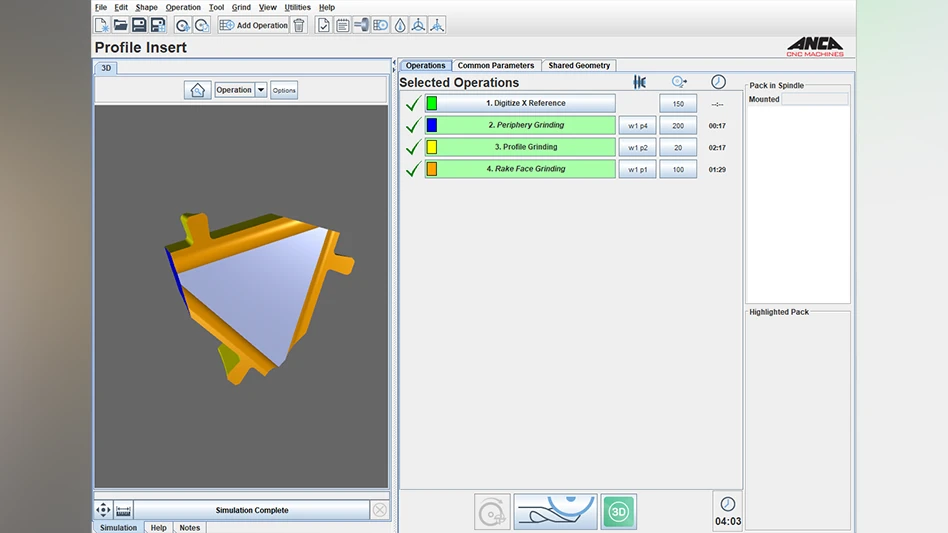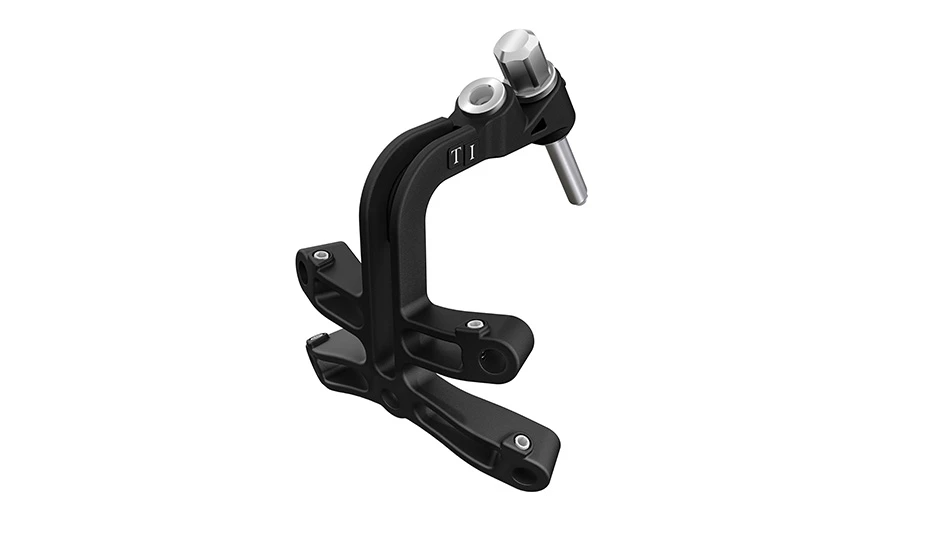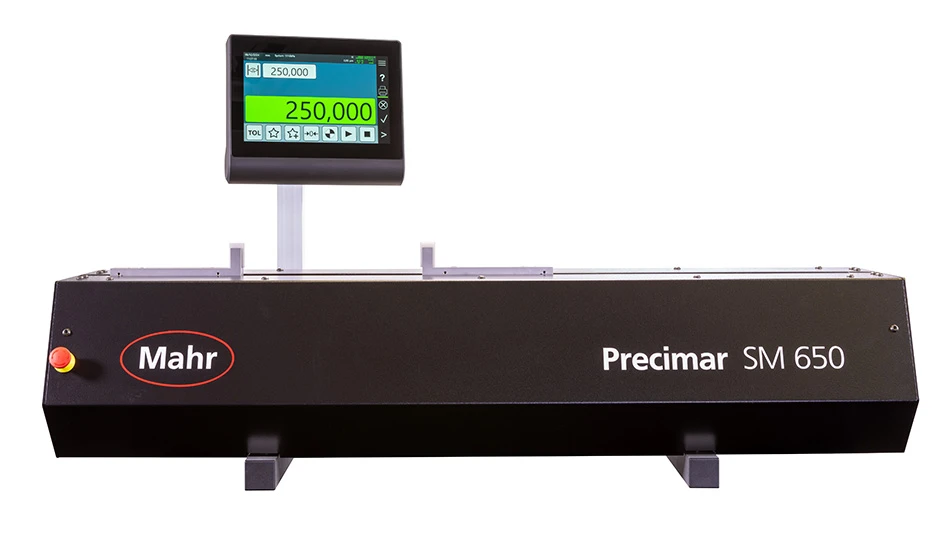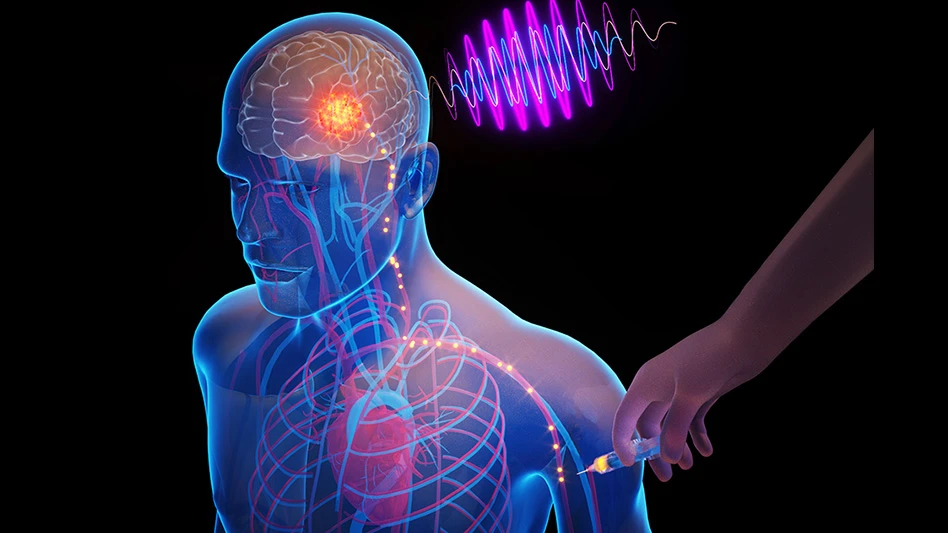The U.S. Food and Drug Administration (FDA) and the International Standards Organization (ISO) have specific requirements for calibrating medical devices. “Medical Device Calibration: A Step-by-Step Guide to Meeting FDA and ISO Standards,” covers each aspect of calibration requirements – showing where the FDA and ISO differ and where they match – explaining how to combine them for full compliance.


Topics include:
- Monitoring, measuring in a medical device Quality Management System (QMS)
- Requirements for calibration in FDA’s Quality System Regulation
- Distinguishing between accuracy, precision
- Traceability’s role in a calibration program

FDA approvals
The 510(k) cleared EMBOTRAP II from Cerenovus, a Johnson & Johnson Medical Devices Co., is a next-generation revascularization device (stent retriever) used to capture and remove life-threatening blood clots from the brain following an ischemic stroke. The device is also approved for use in Europe.
Zimmer Biomet Holdings Inc. received 510(k) clearance for its Zyston Strut Open Titanium Interbody Spacer System – the company’s first titanium spinal implant manufactured via 3D printing. The system is a family of lumbar cages designed to enhance strength, graft capacity, and visualization of the interbody spacer in spinal fusion cases. The cages will be available in a series of sizes, and the system includes surgical instruments for implant insertion, manipulation, and removal.

Two models of Attune Medical’s EnsoETM targeted temperature management device to raise or maintain patient temperature with Cincinnati Sub-Zero’s Norm-O-Temp Hyperthermia System have 510(k) approvals. This is the company’s first clearance focused on the warming application to combat patient hypothermia. In addition to the original EnsoETM, EnsoETM with ENFit, allows for enteral fluid administration through the device.

Providence Medical Technology Inc. received 510(k) clearance for the DTRAX spinal system, for use in posterior cervical fusion in patients with cervical degenerative disease. Clearance provides a more specific indication for the DTRAX Spinal System, which was a Class I medical device more broadly indicated for access and preparation of a spinal joint to aid in fusion.


Explore the July 2018 Issue
Check out more from this issue and find your next story to read.
Latest from Today's Medical Developments
- Arcline to sell Medical Manufacturing Technologies to Perimeter Solutions
- Decline in German machine tool orders bottoming out
- Analysis, trends, and forecasts for the future of additive manufacturing
- BlueForge Alliance Webinar Series Part III: Integrate Nationally, Catalyze Locally
- Robot orders accelerate in Q3
- Pro Shrink TubeChiller makes shrink-fit tool holding safer, easier
- Revolutionizing biocompatibility: The role of amnion in next-generation medical devices
- #56 Lunch + Learn Podcast with Techman Robot + AMET Inc.





